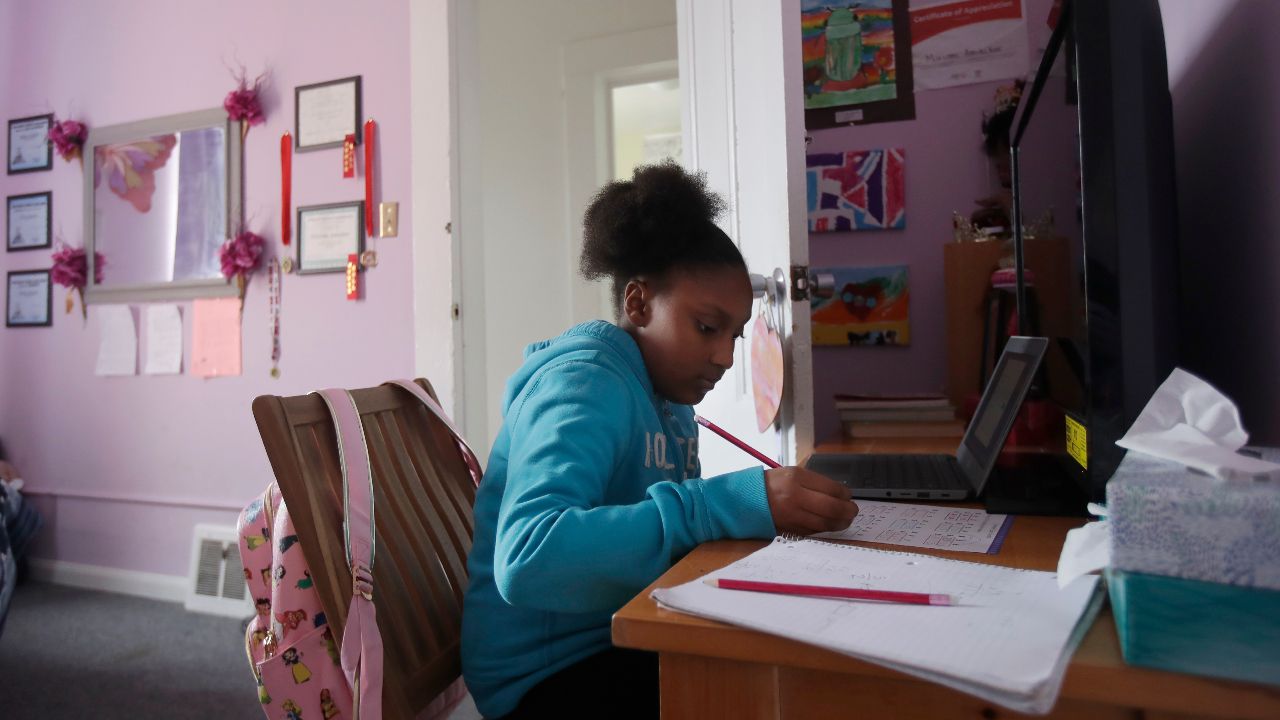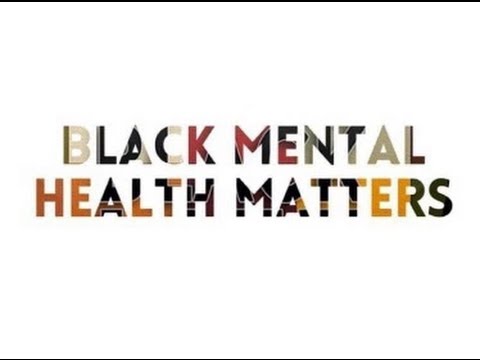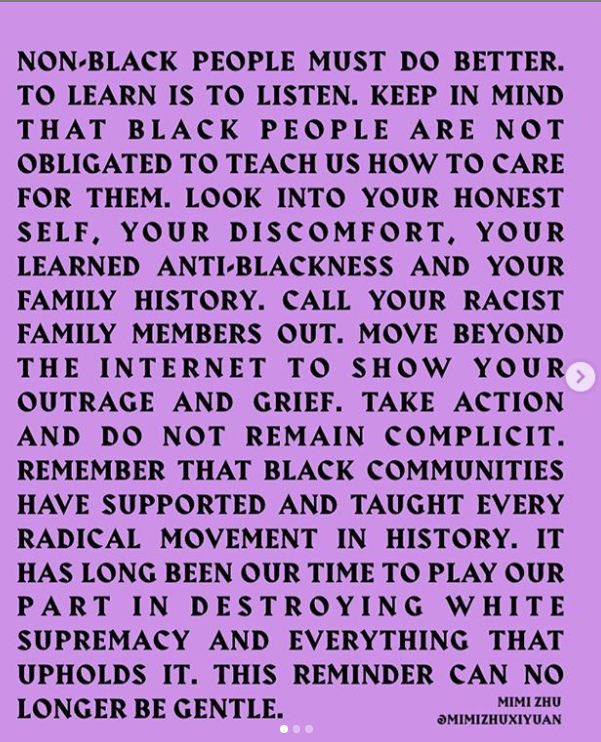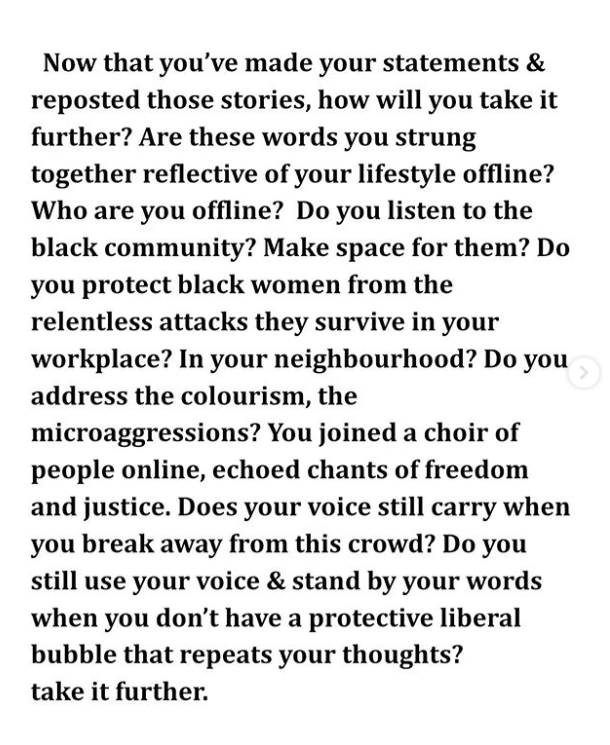
Although there are more Covid 19 vaccines on the horizon, only three have been authorized and recommended by the CDC (Pfizer-BioNTech, Moderna and Johnson & Johnson/Janssen). They are all considered safe and the CDC has recommended that people get whatever vaccine is available to them when they get the chance rather than waiting on a specific one because they all do the same thing. But of course for people with allergies and serious health conditions, that isn’t always an option. One of the biggest questions when it comes to the difference between the vaccines is do they have the same efficacy, what’s in them and what kind of side effects do they produce? Here’s everything you should know about all three vaccines:
Pfizer (95% effective)
Name: BNT162b2
Manufacturer: Pfizer, Inc., and BioNTech
Type of vaccine: mRNA
Number of shots: 2 shots, 21 days apart
How given: Shot in the muscle of the upper arm
Does not contain:
- Eggs
- Preservatives
- Latex
For a full list of ingredients click here
The Pfizer vaccine has been recommended for people 16 years of age or older.
Do Not get the Pfizer vaccine if the following applies:
- If you have had a severe allergic reaction (anaphylaxis) or an immediate allergic reaction—even if it was not severe—to any ingredient in an mRNA COVID-19 vaccine (such as polyethylene glycol), you should not get an mRNA COVID-19 vaccine.*
- If you have had a severe allergic reaction (anaphylaxis) or an immediate allergic reaction—even if it was not severe—after getting the first dose of the vaccine, you should not get a second dose of either of the mRNA COVID-19 vaccines.*
- An allergic reaction is considered severe when a person needs to be treated with epinephrine or EpiPen© or if they must go to the hospital. Learn about common side effects of COVID-19 vaccines and when to call a doctor.
- An immediate allergic reaction means a reaction within 4 hours of getting vaccinated, including symptoms such as hives, swelling, or wheezing (respiratory distress).
Additional Info:
- 94% effective in elderly patients
- 90% effective at preventing asymptomatic infection after the second dose
- In clinical trials, reactogenicity symptoms (side effects that happen within 7 days of getting vaccinated) were common but were mostly mild to moderate.
- Side effects (such as fever, chills, tiredness, and headache) throughout the body were more common after the second dose of the vaccine.
- Most side effects were mild to moderate. However, a small number of people had severe side effects—defined as side effects affecting a person’s ability to do daily activities.
- Although few people in the clinical trials went to the hospital or died, data suggest that people who got the Pfizer-BioNTech vaccine were less likely to have these more serious outcomes compared to people who got the saline placebo.

Moderna (94.1% effective)
Name: mRNA-1273
Manufacturer: ModernaTX, Inc.
Type of vaccine: mRNA
Number of shots: 2 shots, one month (28 days) apart
How given: Shot in the muscle of the upper arm
Does not contain:
- Eggs
- Preservatives
- Latex
For a full list of ingredients click here
The Moderna vaccine has been recommended for people 18 years of age or older.
Do Not get the Moderna vaccine if the following applies:
- If you have had a severe allergic reaction (anaphylaxis) or an immediate allergic reaction—even if it was not severe—to any ingredient in an mRNA COVID-19 vaccine (such as polyethylene glycol), you should not get an mRNA COVID-19 vaccine.*
- If you have had a severe allergic reaction (anaphylaxis) or an immediate allergic reaction—even if it was not severe—after getting the first dose of the vaccine, you should not get a second dose of either of the mRNA COVID-19 vaccines.
- An allergic reaction is considered severe when a person needs to be treated with epinephrine or EpiPen©or if they must go to the hospital. Learn about common side effects of COVID-19 vaccines and when to call a doctor.
- An immediate allergic reaction means a reaction within 4 hours of getting vaccinated, including symptoms such as hives, swelling, or wheezing (respiratory distress).
Additional info:
- 86% effective in those over 65 years old
- An effectiveness of about 66% at preventing asymptomatic infection
- In clinical trials, reactogenicity symptoms (side effects that happen within 7 days of getting vaccinated) were common but were mostly mild to moderate.
- Side effects (such as fever, chills, tiredness, and headache) throughout the body were more common after the second dose of the vaccine.
- Most side effects were mild to moderate. However, a small number of people had severe side effects that affected their ability to do daily activities.

Johnson & Johnson
Name: JNJ-78436735
Manufacturer: Janssen Pharmaceuticals Companies of Johnson & Johnson
Type of vaccine: Viral vector
Number of shots: 1 shot
How given: Shot in the muscle of the upper arm
Does not contain:
- Eggs
- Preservatives
- Latex
For a full list of ingredients click here
The J&J/Janssen vaccine is recommended for people 18 years of age or older.
Do Not get the J&J/Janssen vaccine if the following applies:
- If you have had a severe allergic reaction (anaphylaxis) or an immediate allergic reaction—even if it was not severe—to any ingredientexternal icon in the J&J/Janssen COVID-19 vaccine (such as polysorbate), you should not get the J&J/Janssen COVID-19 vaccine.
- An allergic reaction is considered severe when a person needs to be treated with epinephrine or EpiPen© or if they must go to the hospital. Experts refer to severe allergic reactions as anaphylaxis. Learn about common side effects of COVID-19 vaccines and when to call a doctor.
- An immediate allergic reaction means a reaction within 4 hours of getting vaccinated, including symptoms such as hives, swelling, or wheezing (respiratory distress).
Additional Info:
- 42% effective in those over 60
- About 74% effective at preventing asymptomatic infection
- In clinical trials, side effects were common within 7 days of getting vaccinated but were mostly mild to moderate.
- Side effects were more common in people 18–59 years old compared to people 60 years and older.
The side effects for all three vaccines are essentially the same and are as follows:
- Pain
- Redness
- Swelling
- Tiredness
- Headache
- Muscle pain
- Chills
- Fever
- Nausea
The main difference between the vaccines is that Pfizer and Moderna are made using messenger RNA, or mRNA, a technology that delivers a bit of genetic code to cells and are done in two doses. This is a a recipe to make the surface protein (known as spike) on the SARS-2 virus. Essentially the proteins made with with the mRNA will activate the immune system, spiking protein as foreign and developing antibodies and other immunity weapons to fight.
The J & J vaccine is a viral vectored vaccine, which can be done in only one dose. The vaccine instructs human cells to make the SARS-2 spike protein ,triggering an immune response. Once the harmless adenovirus, the cause of many common colds, enters cells the code is used to spike proteins.
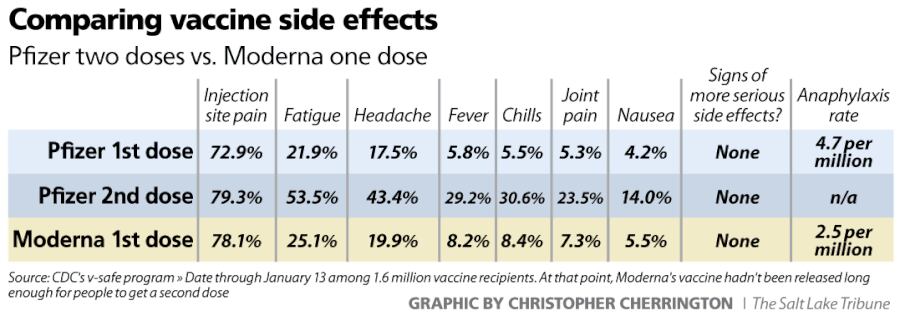
The consensus is that yes the vaccines are all very similar and as the CDC recommends many people may get the first one that is available to them, but for others health problems, allergies, age, etc. may play a part in which one they get. Remember that everyone is different and the vaccines/side effects may effect everyone differently.
*Note- A new CDC study found that Moderna and Pfizer were 80% effective in preventing Covid after a single dose and jumped to 90% effective two weeks after the second dose.





